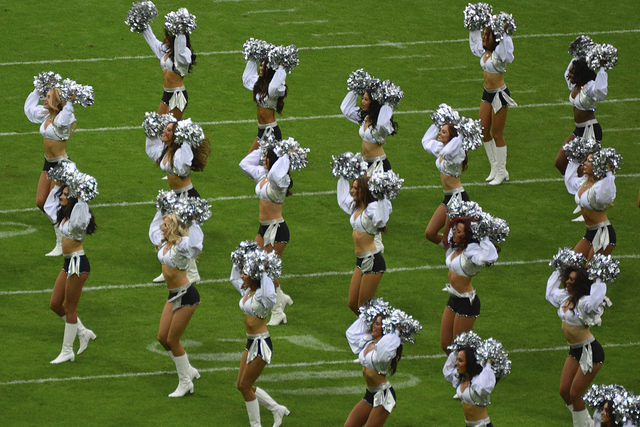The NFL and NCAA have each run into issues when it comes to labor laws. Here’s how you can avoid your own snafu.
This article first appeared in slightly different form on Inc.com.
Summer is over and football season is officially underway. Around the indinero offices, this means heated college team rivalries, ongoing Niners-Seahawks debates, and a vicious fantasy club—we are data geeks after all.
This time of year also means that, once again, certain athletes are questioning their status as workers.
By now, it’s pretty clear that football—along with Uber and fast food—is in the middle of a labor crisis.
In both the NFL and the NCAA, franchises are facing questions over whether some athletes are employees, contractors, or unpaid intern student athletes.
Most people don’t own football franchises, but all of my clients at indinero own businesses. And one of the most frequent questions they ask us is how to categorize their workers. That’s a good thing, because getting it wrong can be expensive. Like, $97 million expensive.
Football shows what happens when companies do screw it up. Generally, there are two consequences: pissed-off workers and a class-action lawsuit.
Neither are ideal.
The IRS uses three factors to tell the difference between employees and contractors, and so should you.
- Behavioral control: Do you control how, where, and when a person does her job? If so, she’s probably an employee.
- Financial control: Do you have a right to direct or control the financial and business aspects of a worker’s job? If you do, that person is probably an employee.
- Type of relationship: This one is nebulous for a reason: The IRS wants you to be reasonable. There are always going to be gray areas, but if you expect a worker to clock in every day at the same time, request time off rather than just letting you know, and work for an indefinite period (rather than on a project-by-project basis), you’re treating that person like an employee and need to classify her as such. And having employees means paying benefits, as well as taxes, including Social Security, Medicare, and unemployment, on employees’ wages.
NFL players are employees, NCAA players are … something else
Even though they have contracts, NFL players are treated as employees of their clubs. But, while college football teams can earn millions of dollars a year for their schools in ticket sales, merchandise, publicity, and advertising, players remain uncompensated.
It’s clear that schools exert behavioral and financial control over their players, but the type of relationship is a little fuzzy. They aren’t contractors either. In fact, they look a lot like unpaid interns. These people are students, after all.
This is a major reason why the National Labor Relations Board recently dismissed a petition filed by a group of Northwestern players who wanted to unionize. The NLRB didn’t want to disrupt the status quo and unanimously dismissed their petition. A ruling in their favor would have completely disrupted the “student athlete” model used by every college and university athletic program in the U.S.
Apparently, that was a can of worms the NLRB did not want to open. That doesn’t mean the story is over. In recent years, players have filed several lawsuits, and the NLRB ruling is unlikely to prevent the next crop of disgruntled student athletes from suing as well.
Pro cheerleaders are now employees (but only in California)
The Oakland Raiderettes have changed worker status for every pro cheerleader in California
On the other hand, this summer, Governor Jerry Brown of California approved legislation recognizing California’s professional cheerleaders as employees. That was after the Oakland Raiderettes filed a wage-theft lawsuit. As contractors, they were paid less than $5 per hour. Most pro cheerleaders aren’t paid for time spent rehearsing or making public appearances. And they aren’t reimbursed for travel and other expenses.
Now, the Raiderettes, and cheerleaders for every other pro sports team in California, have to make at least $9 per hour, the state’s minimum wage. They also get sick leave and overtime pay, as well as the standard labor protections that apply to players and other team employees.
For now, the law only applies to California cheerleaders, but a similar law is pending in New York. Part of the football mess is the result of states setting their own labor laws. And some of it is the result of tradition. But for most business owners, this quagmire is easily avoided.
Be honest with yourself. Have you ever hired a “contractor” whom you required to work at a specific place at a specific time for an indefinite period? Have you brought on unpaid interns who did more than fetch coffee and take notes?
These practices just aren’t worth the risk to your finances and your company morale.
